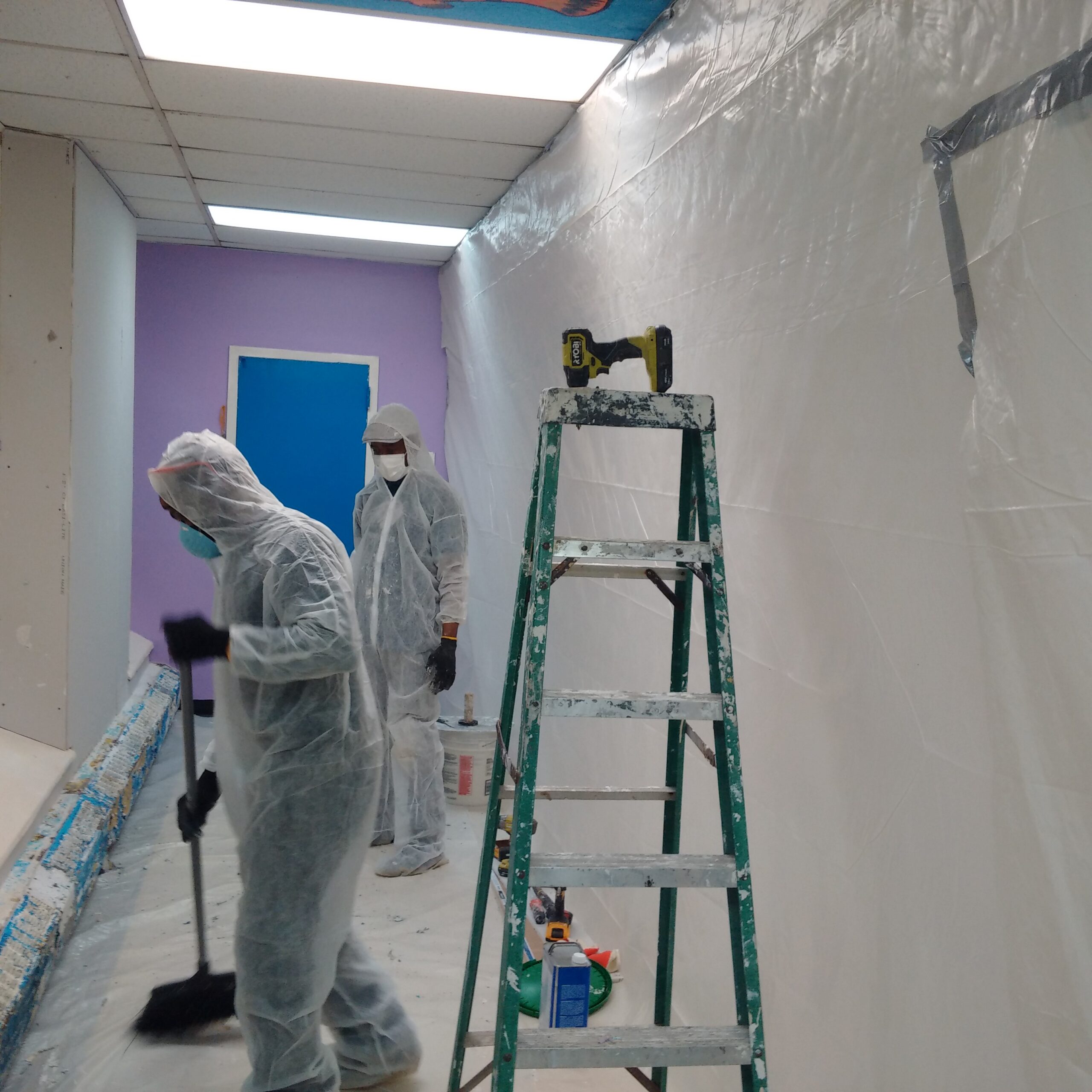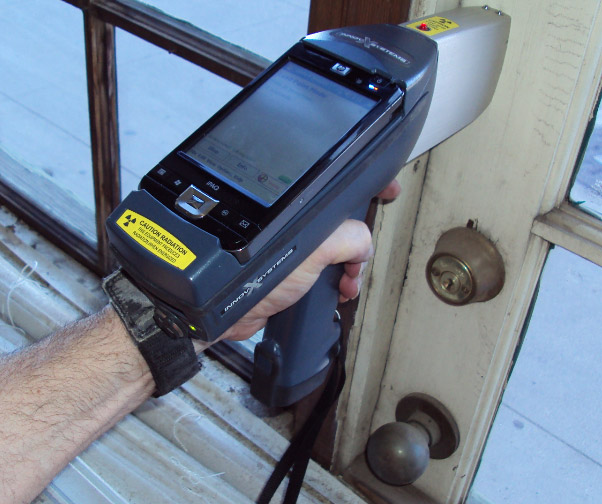Important Tools and Strategies for Effective Lead Offense Cleaning
Resolving lead violations effectively necessitates an extensive technique that blends the right devices with strategic methods. The primary step includes gearing up workers with Individual Safety Tools (PPE) to guard their wellness. Concurrently, the usage of specialized cleanup tools, such as HEPA vacuum cleaners and lead-specific cleaner, is crucial for detailed pollutant elimination. Effective control methods, consisting of plastic sheet and unfavorable atmospheric pressure systems, are important to protect against the spread of dangerous products. Secure disposal practices and stringent adherence to regulative guidelines make certain accountable handling of poisonous waste. What are the nuanced techniques that absolutely make a distinction?
Individual Protective Equipment
Personal protective equipment (PPE) is an important part in the reliable monitoring of lead contamination cleanup. The essential PPE for lead cleaning consists of respirators, safety garments, handwear covers, and eye security.
Respirators, particularly those geared up with HEPA filters, are vital for filtering system air-borne lead particles, preventing inhalation. Protective clothing, consisting of coveralls and non reusable matches, stops lead dirt from adhering to workers' garments, reducing the danger of secondary contamination.
Moreover, extensive training on the proper use and maintenance of PPE is vital. Workers must be educated on donning and doffing treatments to avoid contamination. Regular examinations and replacements of PPE parts are necessary to keep their protective abilities, making sure a risk-free and certified clean-up operation.
Specialized Clean-up Devices

Another essential tool is the wet/dry vacuum, which can properly clean up both dust and liquid impurities. These vacuums typically feature HEPA filters to offer an added layer of security. Damp wipes or tack cloths are also critical for surface cleansing; they are especially developed to capture and hold lead fragments, reducing the threat of spreading contamination.
For even more stubborn deposits, specialized lead-removal cleaning representatives are called for. These agents are developed to damage down lead fragments, making them easier to remove. Scrub brushes with strong bristles can help in this procedure, especially on rough surfaces where lead dirt tends to stick much more strongly.
Furthermore, encapsulants are made use of to secure lead-contaminated surface areas, preventing the release of lead dirt. These specialized paints and coverings are developed to follow numerous substratums, supplying a long-term solution for lead control.
Effective Control Methods
Efficient containment techniques are vital in alleviating the spread of lead contamination during clean-up activities. Executing robust control strategies guarantees that lead bits do not migrate to untouched locations, consequently safeguarding both workers and the setting. One key technique is making use of plastic sheeting to seal off contaminated zones. Heavy-duty polyethylene barriers can be set up from floor to ceiling to develop a controlled workplace, significantly reducing the danger of airborne lead dust dispersal.

To improve containment, encapsulants can be put on surfaces that are not being eliminated or interrupted. These specialized coatings bind lead dust, minimizing its availability for resuspension. Furthermore, all workers must put on proper Individual Protective Devices (PPE), consisting of respirators and non reusable suits, to avoid contamination spread.
Safe Disposal Practices
Making certain safe disposal practices is an essential component in the monitoring of explanation lead contamination clean-up. Proper disposal mitigates the threat of lead coming back the setting and endangering public health. The very first step is to determine and segregate lead-contaminated waste from various other materials. Protected control making use of heavy-duty, leak-proof containers is necessary to stop spillage during transport.
Carrying lead waste calls for adherence to stringent guidelines. Using qualified contaminated materials carriers makes sure that the materials are handled properly. Paperwork, consisting of materializes describing the navigate to this site type and amount of waste, must accompany deliveries to track the waste from the website of beginning to its last disposal destination.
Designated harmful waste disposal facilities are geared up to handle lead-contaminated materials safely. These centers often utilize sophisticated techniques such as stabilization, solidification, or chemical therapy to counteract the lead before disposal. Landfilling in specialized, lined areas that stop leachate from contaminating groundwater is an usual method for last disposal.
Routine training for employees involved in lead waste disposal is crucial to keep safety and security standards and prevent unintentional direct exposure. By adhering to these practices, companies can substantially minimize the environmental and health and wellness impacts related to lead contamination.
Regulatory Conformity Tips

Following regulatory conformity is vital in the effective implementation of lead contamination cleaning. Recognizing and following federal, state, and regional laws makes sure not only the security and wellness of individuals yet additionally the legal and financial health of the cleaning organization. The Epa (EPA) sets rigid standards, such as the Lead Restoration, Fixing, and Painting (RRP) Policy, which mandates appropriate certification and training for professionals taking care of lead-based activities.
Conformity begins with a complete analysis of suitable laws and laws. Organizations needs to remain updated on any type of legislative changes, which can be facilitated with regular training sessions and subscribing to industry updates. Paperwork is an additional vital conformity aspect; keeping thorough records of all tasks, including examination reports, staff member training logs, and disposal materializes, is essential.
Furthermore, involving with accredited lead assessors click over here now or take the chance of assessors makes sure that lead hazards are properly identified and alleviated. Companies need to implement the usage of Personal Safety Devices (PPE) and ensure that security procedures are purely followed. Lastly, transparent communication with stakeholders, including staff members, clients, and governing bodies, will cultivate a society of compliance and responsibility, inevitably contributing to a much safer and much more efficient lead cleaning procedure.
Verdict
Effective lead violation cleanup necessitates the assimilation of specialized tools and tactical techniques to ensure security and effectiveness. Using HEPA vacuums, specialized cleaning up representatives, and effective containment approaches such as plastic sheet and negative air stress systems is imperative. Personal safety devices (PPE) safeguards employees from exposure, while risk-free disposal methods and rigorous adherence to governing compliance are essential for responsibly managing dangerous waste. Jointly, these procedures significantly alleviate wellness threats and contribute to a cleaner environment.